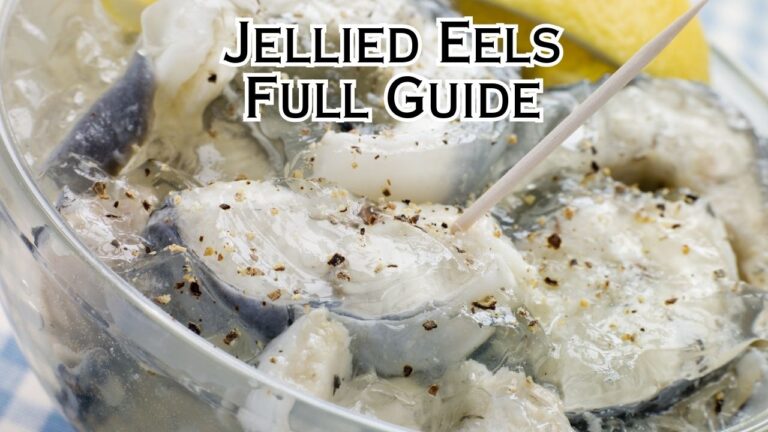
Eels are intriguing creatures that have captured the curiosity of humans for centuries. Their unique life cycle and elusive nature have led to questions about their origins and historical significance. In this article, we will explore the origins of eels and delve into their fascinating history.
Evolutionary Origins
Eels belong to the order Anguilliformes, which includes more than 800 species worldwide. They are ancient creatures that have evolved over millions of years. The precise origin of eels can be traced back to the early stages of vertebrate evolution, with their closest relatives being lampreys and hagfish.
Distribution and Habitat
Eels are found in various parts of the world, inhabiting both freshwater and marine environments. They are known to occur in rivers, lakes, estuaries, and even the open ocean. Different species of eels have adapted to thrive in different regions, resulting in a wide distribution across the globe.
Life Cycle and Migration
One of the most remarkable aspects of eels is their complex life cycle, which involves both freshwater and saltwater habitats. Eels are catadromous, which means they spawn in the ocean but spend a significant portion of their lives in freshwater. After hatching in the ocean, young eels, called elvers, migrate upstream into rivers and lakes where they grow and mature. When they reach adulthood, they undergo a remarkable journey back to the ocean to reproduce.
Historical Significance
Eels have held cultural and historical significance in various societies throughout history. They have been a food source for many indigenous cultures and played a role in their traditional cuisines. Eels have also been featured in folklore, mythology, and literature, often symbolizing resilience, transformation, or mystery.
Economic Importance
Eels have been economically important in many regions, both in terms of commercial fishing and aquaculture. In certain countries, eels are highly valued for their meat, and eel farming has become a significant industry. However, overfishing and habitat loss have led to declining eel populations in some areas, prompting conservation efforts to protect these remarkable creatures.
Scientific Research and Conservation
Scientists have conducted extensive research on eels to better understand their biology, behavior, and migration patterns. This research has contributed to our knowledge of ecosystems and the delicate balance between freshwater and marine environments. Conservation efforts aim to protect eel populations, restore habitats, and ensure their long-term survival.
Conclusion
Eels have a rich and ancient history, with origins dating back millions of years. They have evolved to inhabit diverse habitats across the globe and possess a complex life cycle that involves migrations between freshwater and saltwater environments. Eels hold cultural, historical, and economic significance, while also captivating the scientific community with their unique biology and behavior.
Appreciating the origins and history of eels enhances our understanding of these enigmatic creatures and underscores the importance of their conservation for future generations.
FAQs (Frequently Asked Questions)
- Are eels found in all parts of the world? Eels have a global distribution, inhabiting both freshwater and marine environments. However, the presence of specific eel species may vary depending on the region.
- Do all eels undergo long migrations? Most eel species exhibit migratory behavior, with juveniles migrating from freshwater to the ocean for reproduction. However, the details of migration can vary among species.
- Why are eels culturally significant? Eels have played important roles in various cultures’ traditional cuisines, folklore, and mythology, symbolizing concepts such as resilience and transformation.
- What are some conservation efforts for eels? Conservation efforts for eels include habitat restoration, fishing regulations, and monitoring of migration routes to ensure the sustainable management of eel populations.
- How can I contribute to eel conservation? Individuals can support eel conservation by promoting sustainable fishing practices, reducing pollution in freshwater habitats, and supporting organizations engaged in eel conservation initiatives.






